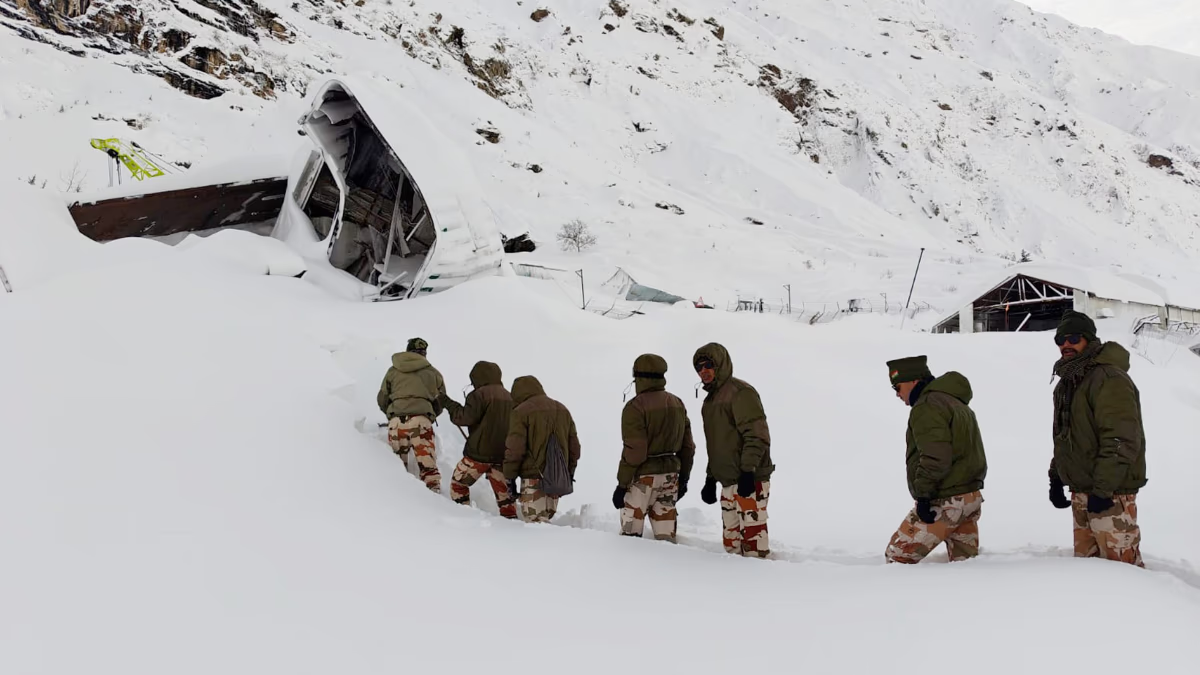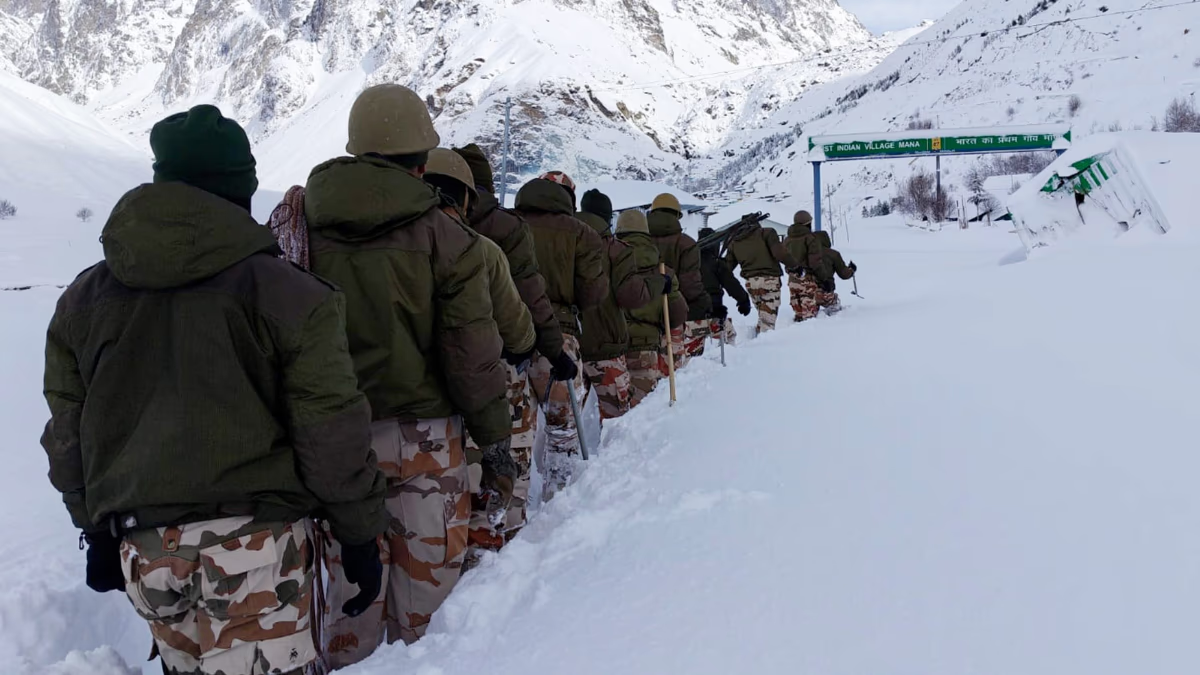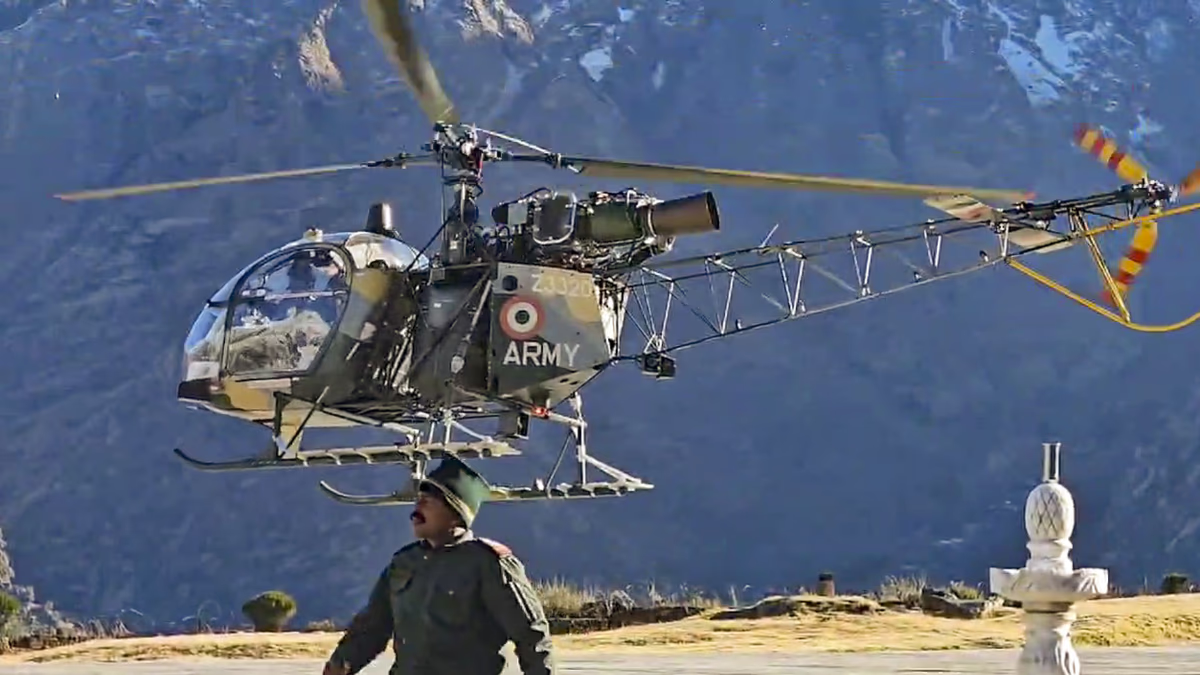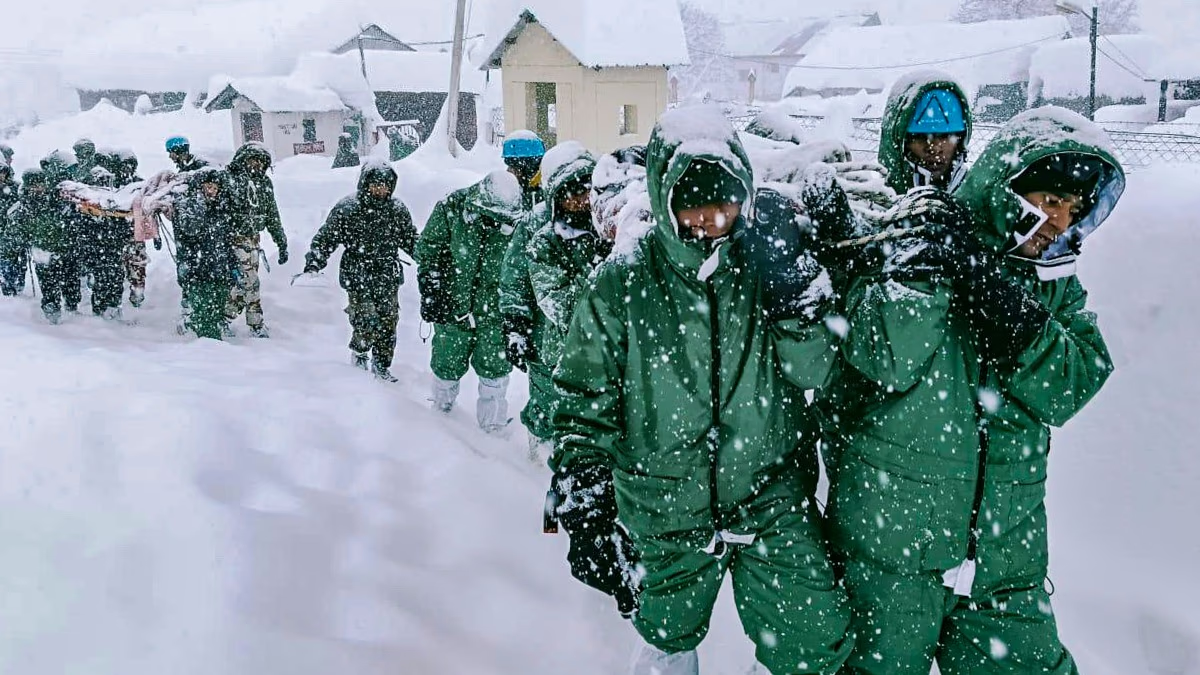A devastating avalanche near the Border Roads Organization (BRO) camp in Mana village, Chamoli district, Uttarakhand, wreaked havoc on Friday. A total of 54 workers were buried under the snow, with 46 rescued, but tragically, 8 lost their lives. On Sunday, the rescue team retrieved the last missing worker's body. Using modern technology and air support, the rescue operations were relentless. Here's the full timeline of the Mana avalanche...
1. Rescue of 46 Workers, 8 Fatalities
So far, the Mana avalanche operation has successfully rescued 46 workers, while the deaths of 8 have been confirmed. The deceased include Mohinder Pal and Jitendra Singh from Himachal Pradesh, Manjeet Yadav from Uttar Pradesh, and Alok Yadav from Uttarakhand. On the third day, rescue agencies found the last missing worker's body.
2. Weather Posed a Major Obstacle
The rescue operation commenced following the avalanche but was hindered on Friday by heavy snowfall and rain, which forced the suspension of efforts overnight. Nevertheless, with clearer weather on Sunday, agencies resumed their search for the last worker.

Source: aajtak
3. Over 200 Rescuers Deployed
Teams from the Indian Army, Indo-Tibetan Border Police (ITBP), State Disaster Response Force (SDRF), Border Roads Organization (BRO), and National Disaster Response Force (NDRF) were engaged in the rescue mission. More than 200 personnel were deployed in this high-intensity rescue effort. Additionally, search dogs were dispatched to Chamoli to aid ongoing rescue operations.
4. Number of Missing Workers Reduced
Initially, five workers were reported missing. However, Sunil Kumar from Himachal Pradesh managed to return home safely, reducing the count of missing workers to four. The agencies rescued three additional workers, but unfortunately, the last stranded worker could not be saved.

Source: aajtak
5. Workers' Containers Buried in Snow
The avalanche buried 8 workers' accommodations (containers) at the BRO camp under snow. Initially, five containers were located, with the remaining three discovered on Friday. No workers were found in them, raising concerns.
6. Use of Advanced Equipment
Relief teams utilized sophisticated tools, including Victim Locating Cameras (VLC), Thermal Imaging Cameras, Ground Penetrating Radars (GPR) flown in from Delhi, and avalanche rescue dogs.
7. Helicopter-assisted Relief Efforts
Three Army helicopters, two Air Force helicopters, and a civilian helicopter supported relief operations. Air Force Cheetah helicopters transported the injured to the Army hospital in Joshimath.

Source: aajtak
8. Snowfall Impact on Highways
The Badrinath-Joshimath highway was blocked at 15 to 20 locations, complicating road access for rescue teams. Army and Air Force helicopters transported rescue personnel and equipment to the scene.
9. Drone Technology in Search Efforts
To assist in locating a trapped worker, the Drone-based Intelligent Buried Object Detection (DIBOD) system was deployed in Mana. This system was previously utilized in Wayanad to detect human presence beneath the earth's surface, bringing hope for ongoing rescue efforts.

Source: aajtak
10. Focus of Chief Minister and Prime Minister on Rescue Operations
Chief Minister Pushkar Singh Dhami conducted an aerial survey of the site and commended the relief teams. He instructed officials to maintain rescue efforts at a war footing. Meanwhile, Prime Minister Narendra Modi also reviewed the situation and assured all possible assistance from the center.




